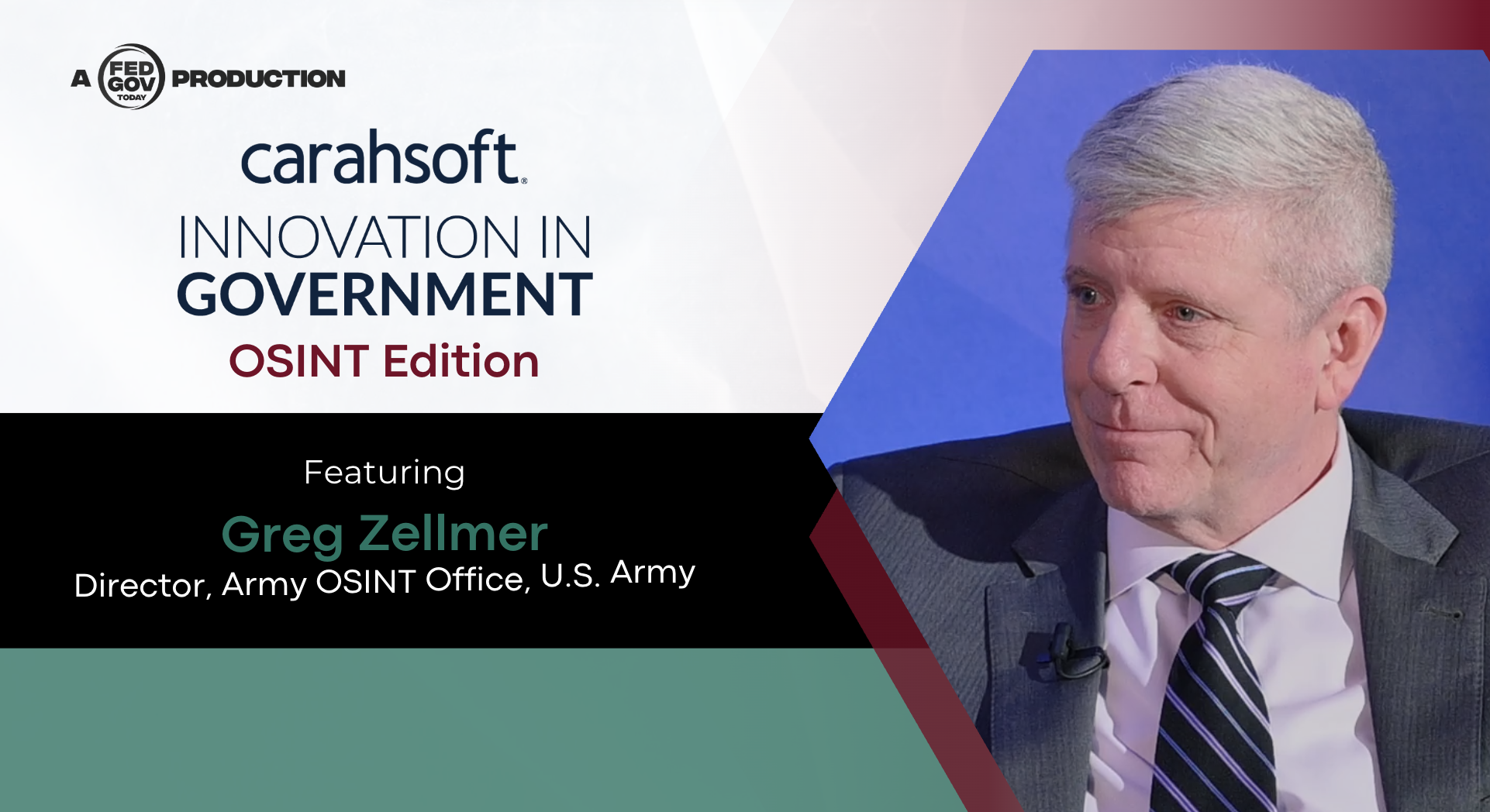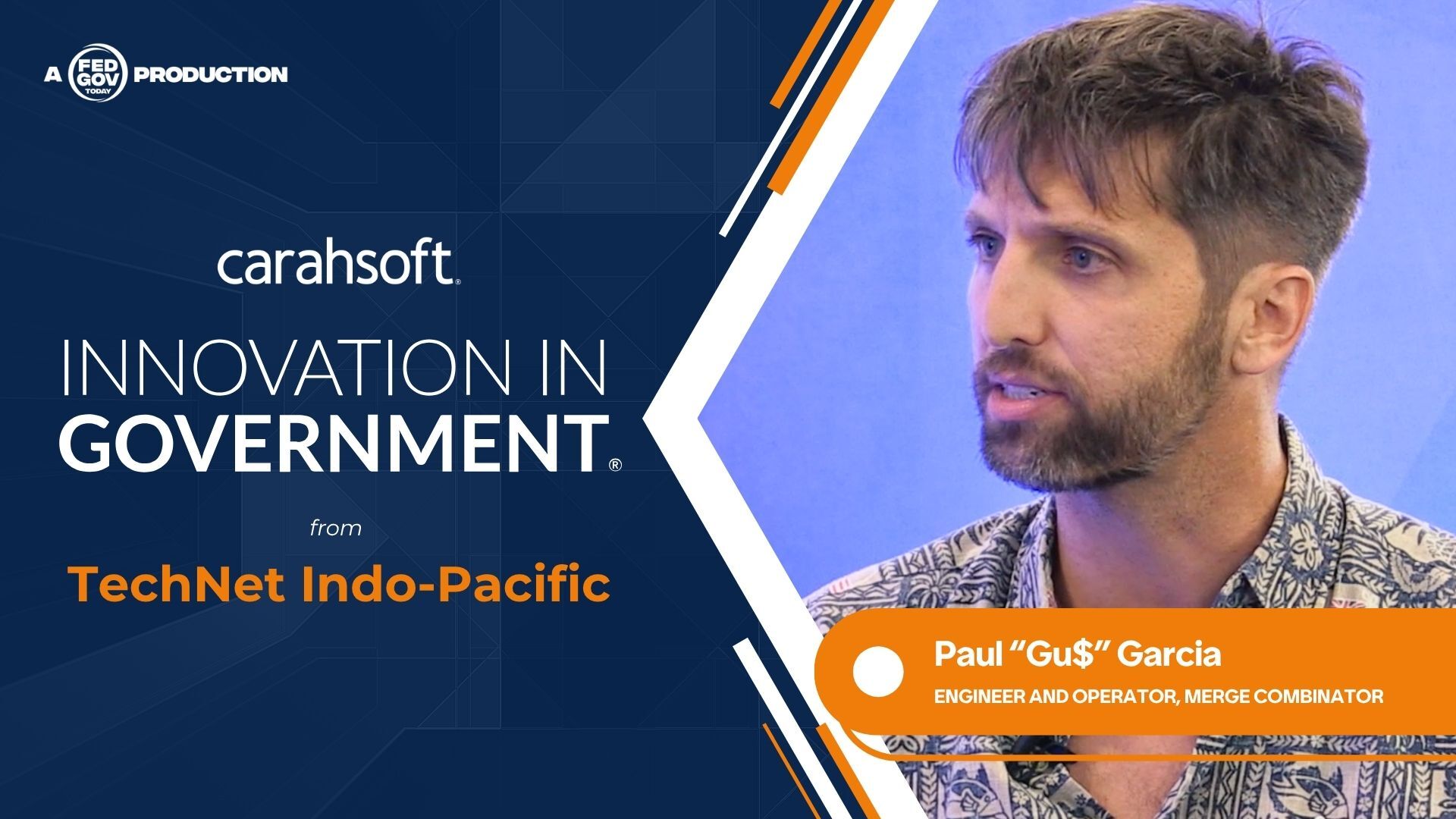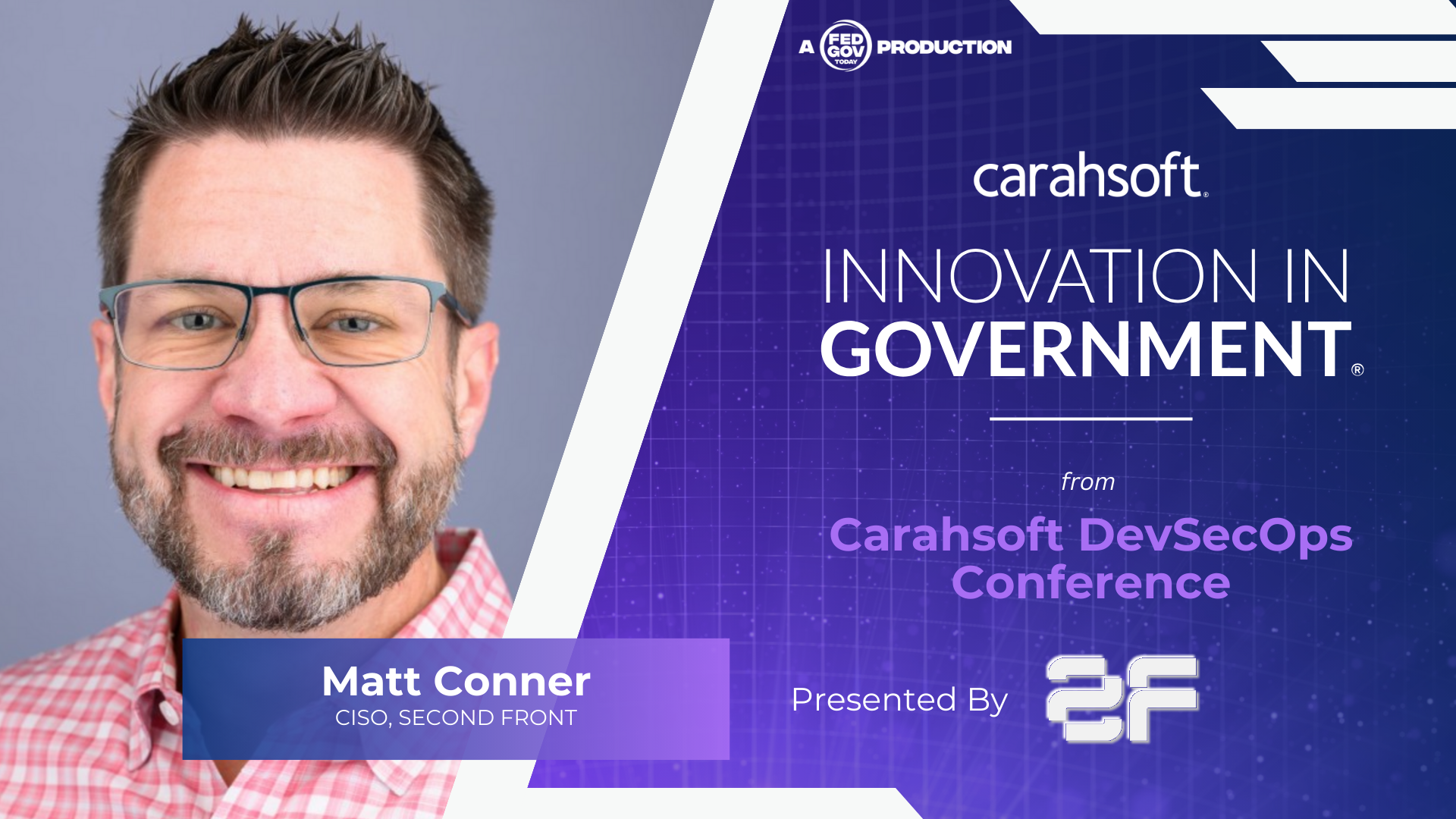Original broadcast 8/20/25
Presented by Atlassian & Carahsoft
Matthew Graviss, Public Sector CTO at Atlassian, brings a rare perspective to the challenges and opportunities of DevSecOps in government. As the former Chief Data and AI Officer at the State Department, he experienced firsthand how collaboration—both among people and across technology systems—can make or break modernization efforts. Today, in his role at Atlassian, he works to apply those lessons in ways that help agencies accelerate transformation while keeping mission priorities at the forefront.
For Graviss, collaboration operates on two interdependent levels: the human layer and the technology layer. The human layer is about people—leaders, stakeholders, and practitioners—aligning around common objectives, making decisions together, and maintaining open channels of communication. The technology layer is about the platforms, systems, and processes that connect those people, enabling them to share information and work toward shared outcomes.
 During his tenure at the State Department, Graviss found that leadership attention was a decisive factor in modernization success. In one instance, he held a fireside chat with Secretary of State Antony Blinken to discuss technology modernization. For a Secretary whose role involves extensive international travel and high-stakes diplomacy, dedicating time to internal technology issues sent a powerful signal to the entire workforce: modernization matters. This kind of “top cover” from senior leadership not only legitimizes the work but also ensures that modernization projects are prioritized in decision-making forums.
During his tenure at the State Department, Graviss found that leadership attention was a decisive factor in modernization success. In one instance, he held a fireside chat with Secretary of State Antony Blinken to discuss technology modernization. For a Secretary whose role involves extensive international travel and high-stakes diplomacy, dedicating time to internal technology issues sent a powerful signal to the entire workforce: modernization matters. This kind of “top cover” from senior leadership not only legitimizes the work but also ensures that modernization projects are prioritized in decision-making forums.
Leadership attention also played a critical role in shaping which projects moved forward. Graviss recalls a campaign-based approach where, every six months, the Deputy Secretary and Under Secretaries would decide which major modernization efforts to prioritize. Far from being a passive process, these meetings often involved spirited debate among leaders vying to have projects aligned with their mission areas. That level of engagement, he notes, is a clear sign that modernization is seen as valuable and mission-critical.
Beyond leadership, Graviss underscores the importance of early and inclusive stakeholder engagement—especially when the technology in question is new or complex. When the State Department began exploring generative AI after it became widely available in late 2022, Graviss didn’t start with lengthy charters or slow bureaucratic processes. Instead, he issued an open invitation to form an AI steering committee, ensuring that privacy officials, ethics officers, cybersecurity teams, legal counsel, and other key voices were involved from the outset. This prevented the common pitfall of developing a solution in isolation and only later discovering policy or security concerns that could stall deployment.
From a technology perspective, Graviss approaches collaboration as a systems engineer. He sees agencies as complex systems with interdependent parts—people, processes, and platforms—all of which must be aligned for successful outcomes. Tools and platforms must be designed not just for efficiency, but for enabling the human collaboration that drives mission success. It’s one reason he was drawn to Atlassian, whose corporate stock ticker symbol is literally “TEAM.” The company’s focus is on building capabilities that allow teams to work together seamlessly, maximizing productivity and aligning technology capabilities with mission outcomes.
One of Graviss’s key observations is that government-industry collaboration can often be improved by shifting the order of the conversation. In his experience, vendors too often begin by presenting a pre-packaged solution. Instead, he advocates starting with the customer’s challenges—business challenges, mission challenges, pain points—and only then exploring how technology might help address them. This approach builds trust, ensures that solutions are tailored to real needs, and avoids the risk of forcing technology where it doesn’t fit.
In the context of DevSecOps, Graviss’s principles translate into practical actions. For example, continuous integration and delivery pipelines work best when all stakeholders—from security teams to end users—are part of the design process from the beginning. Feedback loops need to include not only developers and operators but also mission owners who can articulate evolving needs. And leadership engagement is necessary to remove obstacles, allocate resources, and maintain momentum.
Graviss also points out that effective collaboration requires a willingness to adjust roles and responsibilities as circumstances change. In dynamic environments—whether responding to new mission demands or adopting emerging technologies like AI—rigid hierarchies can slow progress. Empowering cross-functional teams to make decisions, adapt processes, and iterate quickly is essential to keeping pace with change.
Ultimately, Graviss’s message is that collaboration is not a “soft” skill or a secondary consideration in modernization. It is a core capability that determines whether DevSecOps initiatives succeed or stall. Without strong collaboration at the human layer, the most sophisticated technology platforms will fail to deliver value. Without the right technology layer, even the most committed teams will struggle to execute at the necessary speed and scale.
In his view, the agencies that will lead in DevSecOps adoption are those that recognize this dual-layer model and invest equally in both. They will cultivate leadership engagement, foster inclusive stakeholder participation, and implement platforms that make collaboration the default mode of operation.
Graviss’s experience demonstrates that when these elements come together, the results are transformative. Agencies can deliver capabilities faster, respond to changing mission needs more effectively, and sustain a culture of continuous improvement. In an era where technological advantage is a decisive factor in mission success, that combination is not just beneficial—it’s essential.
Key Takeaways
-
Leadership attention signals priority and drives engagement in modernization efforts.
-
Early, inclusive stakeholder involvement prevents late-stage policy and security barriers.
-
Technology platforms must be designed to enable and enhance human collaboration for mission success.



